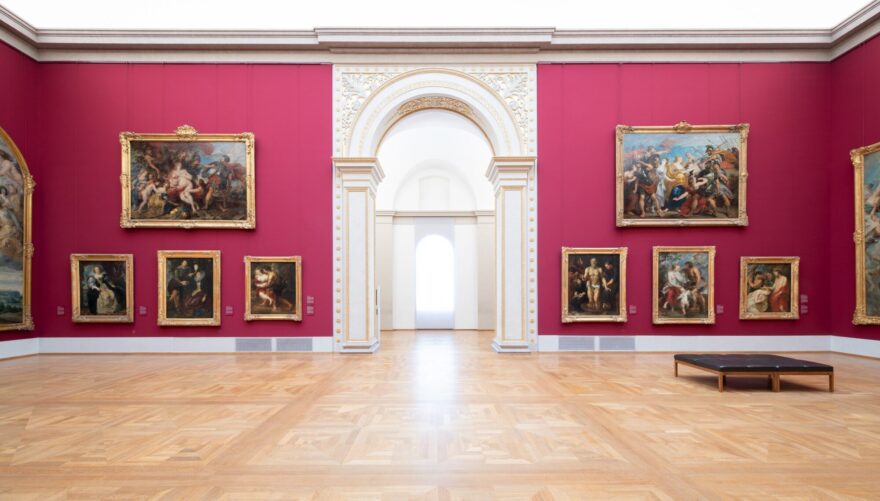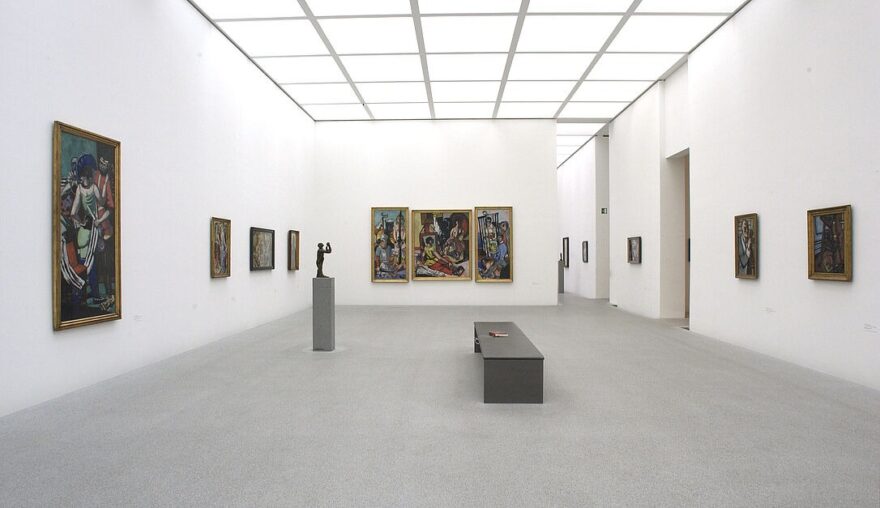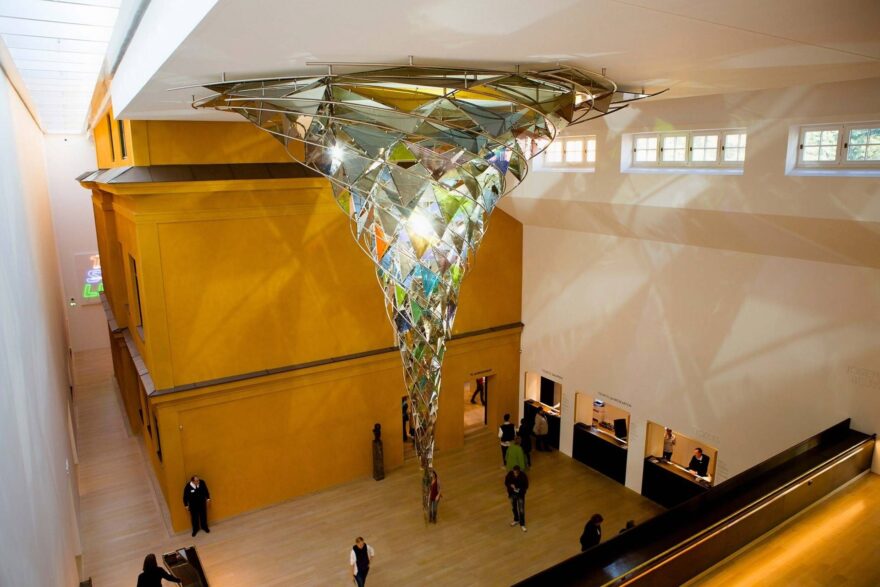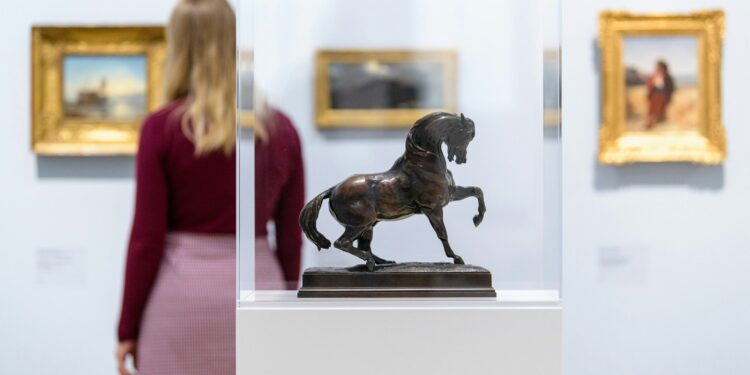Munich shines as a cultural capital of Europe, rivaling Berlin in creativity and artistic influence. Artists and visionaries find themselves captivated by its museums, galleries, and historic architecture.
Even visitors enjoying the city’s nightlife and elegance through escort München often find inspiration in its artistic pulse.
At the heart of this creative energy lies the Kunstareal, known as the Museum Quarter, where centuries of artistic evolution are displayed within a few blocks.
Every corner reveals inspiration for painters, designers, and photographers seeking to connect with artistic heritage while engaging with modern innovation.
A Legacy of Art: Exploring the Three Pinakotheks

Munich’s Kunstareal offers one of the most complete narratives of European art ever assembled.
Within a few streets, visitors can trace the evolution of creative thought, from the grandeur of Renaissance masters to the radical experiments of modernism.
The three Pinakotheks form the cornerstone of this artistic heritage, each capturing a different period in human imagination and technique.
Alte Pinakothek
Alte Pinakothek stands as a monumental tribute to classical European art, preserving the achievements of the 14th to 18th centuries.
Its walls breathe history, showcasing painters who shaped artistic perception for generations.
Visitors find themselves surrounded by an atmosphere that merges beauty, intellect, and historical depth.
Key highlights:
- Masterpieces by Albrecht Dürer, Peter Paul Rubens, and Leonardo da Vinci.
- Focus on Renaissance and Baroque artistry.
- Neoclassical architecture emphasizing balance, order, and proportion.
Artists and students often visit to observe the subtleties of brushwork and composition, gaining insight into the discipline and emotional depth that define classical art.
Every room offers lessons in how light, shadow, and symbolism were used to express faith, power, and human nature.
Neue Pinakothek
Neue Pinakothek serves as the bridge between tradition and innovation. Dedicated to the 19th century, it celebrates the revolutionary transition from classical representation to modern experimentation.
Though currently closed for renovation until 2025, its treasures continue to appear in temporary exhibitions throughout Munich.
Highlights and focus areas:
- Works by Claude Monet, Vincent van Gogh, and Paul Cézanne.
- Themes centered on Impressionism, Realism, and Romanticism.
- Reflection of shifting artistic philosophies during industrial and cultural change.
Painters often find inspiration here by studying how artists of this era redefined perspective and emotion through bold color palettes and experimental techniques.
Even in its temporary displays, Neue Pinakothek continues to influence those who seek to understand the transformation of modern art.
Pinakothek der Moderne

Pinakothek der Moderne unites the creative expressions of the 20th and 21st centuries, presenting art as a mirror of social and technological evolution.
It stands as a modern temple of creativity where innovation meets reflection.
Four institutions coexist within the same structure, offering an interdisciplinary perspective on how art interacts with everyday life.
Sections include:
- Modern Art – Showcasing movements such as Expressionism and Surrealism.
- Architecture – Highlighting modern design and urban concepts.
- Design – Presenting industrial and product design innovation.
- Graphic Art – Tracing visual communication through illustration and print.
Designed by Stephan Braunfels, the museum’s open, light-filled space transforms the act of viewing into a meditative experience.
Artists exploring minimalism, abstract thought, or Bauhaus philosophy often consider this museum a vital point of reference.
Contemporary Inspiration: Bold and Modern Voices
Beyond historical art, Munich’s Museum Quarter thrives as a center for modern creativity.
Two institutions in particular, Museum Brandhorst and Lenbachhaus, demonstrate how bold expression and architectural ingenuity continue to push art forward.
Museum Brandhorst
Museum Brandhorst bursts with energy, showcasing contemporary and pop art from the 1960s to the present.
Visitors encounter works by Cy Twombly, Damien Hirst, and Andy Warhol, whose presence dominates with the largest Warhol collection in Europe.
The exterior, covered in 36,000 colorful ceramic rods, symbolizes the spirit of modern art: innovation, structure, and individuality.
Artists studying color theory or material experimentation often find ideas for fresh interpretations within its walls.
Lenbachhaus

Lenbachhaus, once the residence of painter Franz von Lenbach, bridges historical and modern expression.
Its permanent exhibition honors the Blaue Reiter group, founded by Wassily Kandinsky and Franz Marc, who revolutionized abstract art.
The building’s combination of a classical villa and sleek glass extension represents harmony between eras.
Contemporary installations add vibrancy, while the original architecture evokes timeless grace. Every visit provides inspiration for painters and sculptors seeking to combine emotion with form.
Why Artists Will Be Transformed
Every artist walking through the Museum Quarter experiences a timeline of artistic progress unfolding before their eyes.
Inspiration flows effortlessly through galleries that connect Renaissance realism, Romanticism, Expressionism, and modern abstraction.
Exposure to centuries of evolution within a single neighborhood fosters artistic awareness unmatched anywhere else.
Architectural styles vary from neoclassical grandeur to postmodern simplicity, offering insights into design principles across time.
Each museum’s distinct voice, Alte Pinakothek’s tradition, Pinakothek der Moderne’s innovation, and Brandhorst’s daring, creates a dialogue between past and present.
For artists seeking transformation, the Museum Quarter becomes more than an exhibition space; it turns into a living classroom of creative exchange and personal discovery.
The Bottom Line
Munich’s Museum Quarter represents the essence of artistic continuity.
Every painter, sculptor, designer, and dreamer finds something to reignite their imagination.
A visit is not just a tour through history but a pilgrimage of creativity, linking classical ideals with modern perspectives.







